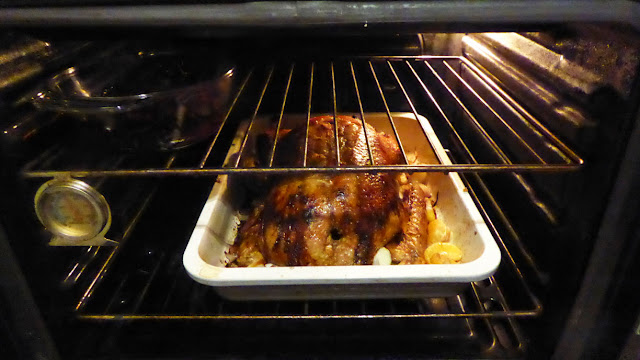Even P only contained one coloured malt, black malt. This was pretty unusual for London, where brewers were very faithful to brown malt. Whitbread, for example, including brown malt in their Stouts right up until Chiswell Street closed in 1974. Fullers dropped it in the early 1920s.
The only other grain Fullers used was unmalted flaked maize. Which was the commonest adjunct in UK brewing. A few breweries used maize in the form of grits and some preferred flaked rice, but generally flaked maize was the adjunct of choice.
There was rather more variety in the sugars Fullers employed. Glucose and Intense in the Milds and Burtons; No. 2 invert, glucose and intense in the Pale Ales. While P contained two types of caramel and another coloured sugar called Special Dark.
Other than in P, the sugar content was quite low at under 5% of the grist. 10-15% was more typical. The lack of No. 3 invert in the Milds and burtons is surprising. It was pretty standard in dark Ales by this point.
| Fullers grists in 1939 (grains) | ||||||
| Date | Beer | Style | OG | pale malt | black malt | flaked maize |
| 30th Oct | X | Mild | 1032.7 | 80.46% | 14.78% | |
| 6th Nov | XX | Mild | 1042.7 | 80.85% | 13.94% | |
| 24th Oct | AK | Pale Ale | 1033.4 | 81.33% | 14.79% | |
| 17th Oct | XK | Pale Ale | 1039.4 | 82.64% | 14.58% | |
| 24th Oct | PA | Pale Ale | 1051.1 | 81.33% | 14.79% | |
| 9th Nov | P | Porter | 1038.5 | 66.93% | 8.37% | 8.37% |
| 18th Oct | BO | Strong Ale | 1055.5 | 81.66% | 13.87% | |
| 8th Nov | OBE | Strong Ale | 1069.6 | 81.00% | 14.44% | |
| Source: | ||||||
| Fullers brewing records held at the brewery | ||||||
| Fullers grists in 1939 (sugars) | |||||||||
| Date | Beer | Style | OG | no. 2 sugar | glucose | carameline | London caramel | Sp. Dark | Intense |
| 30th Oct | X | Mild | 1032.7 | 3.28% | 1.48% | ||||
| 6th Nov | XX | Mild | 1042.7 | 3.72% | 1.50% | ||||
| 24th Oct | AK | Pale Ale | 1033.4 | 2.46% | 1.23% | 0.18% | |||
| 17th Oct | XK | Pale Ale | 1039.4 | 1.30% | 1.30% | 0.19% | |||
| 24th Oct | PA | Pale Ale | 1051.1 | 2.46% | 1.23% | 0.18% | |||
| 9th Nov | P | Porter | 1038.5 | 2.79% | 2.39% | 11.16% | |||
| 18th Oct | BO | Strong Ale | 1055.5 | 3.08% | 1.39% | ||||
| 8th Nov | OBE | Strong Ale | 1069.6 | 3.35% | 1.21% | ||||
| Source: | |||||||||
| Fullers brewing records held at the brewery | |||||||||
























































































